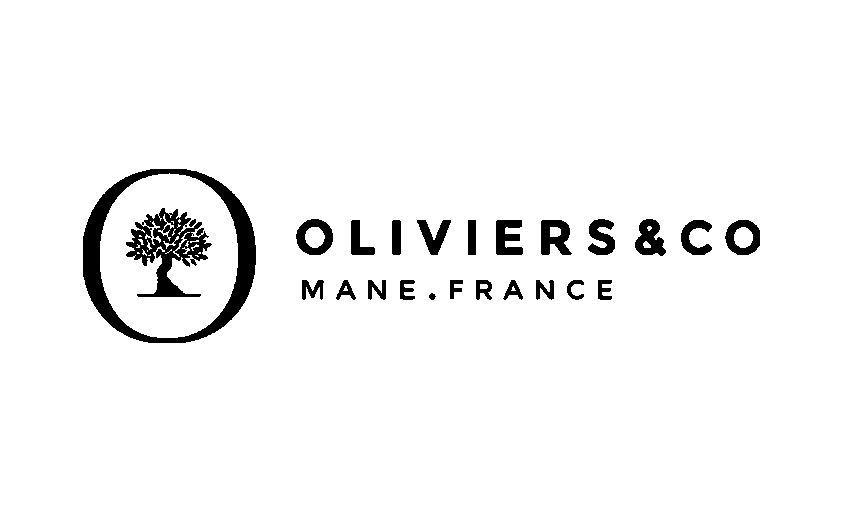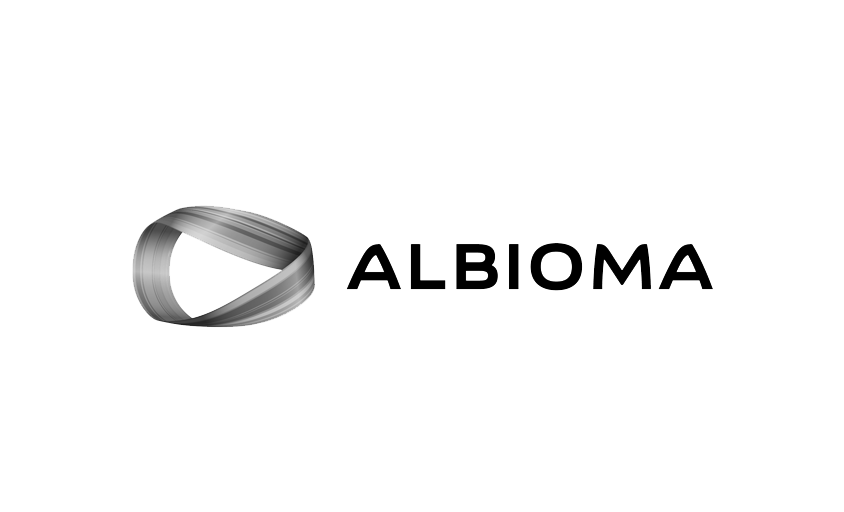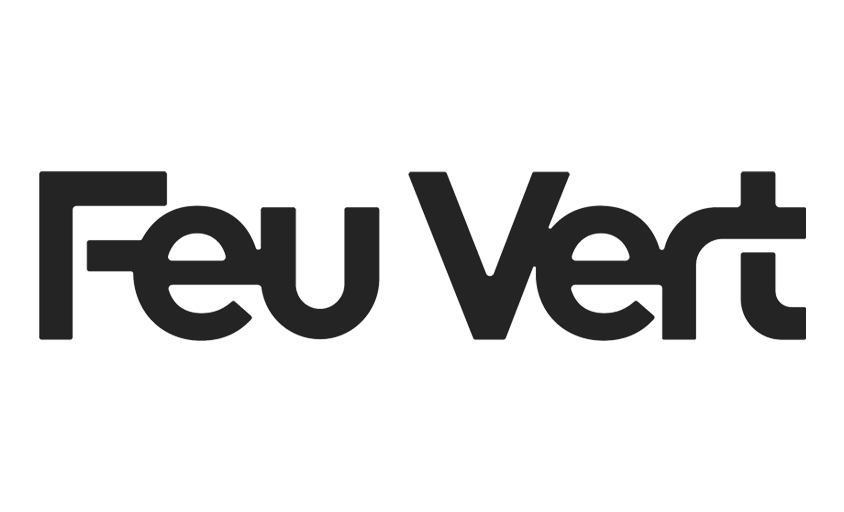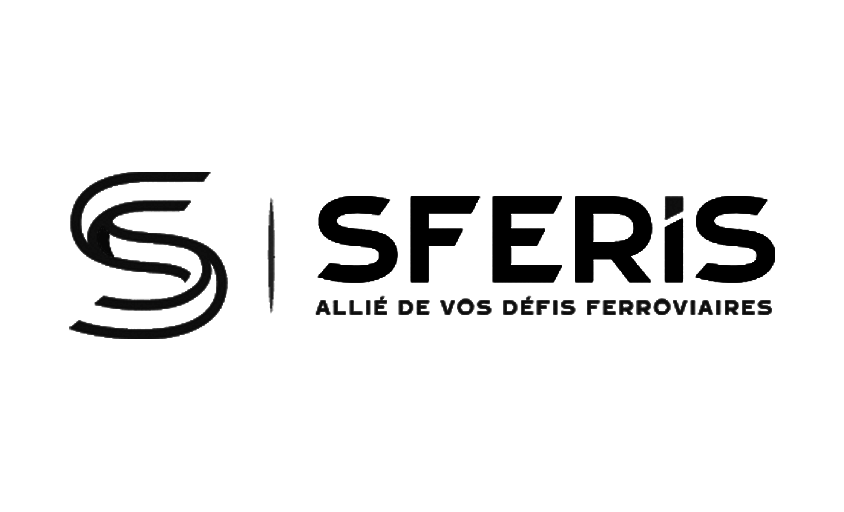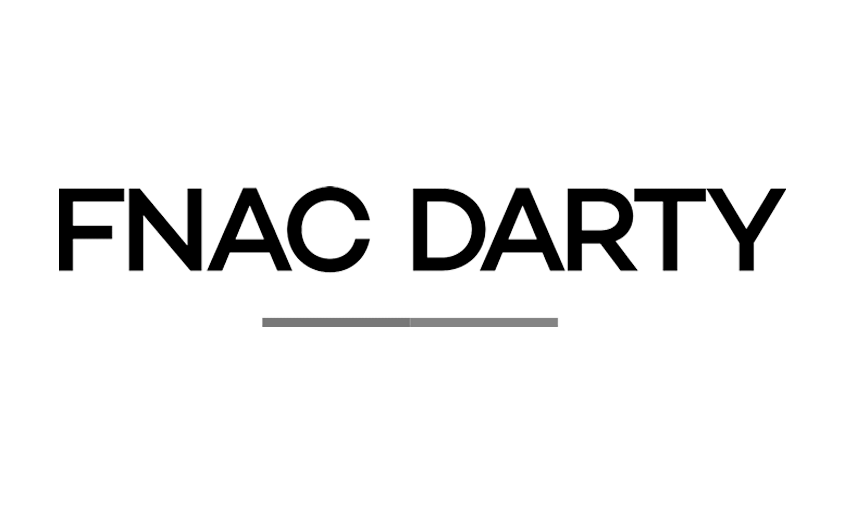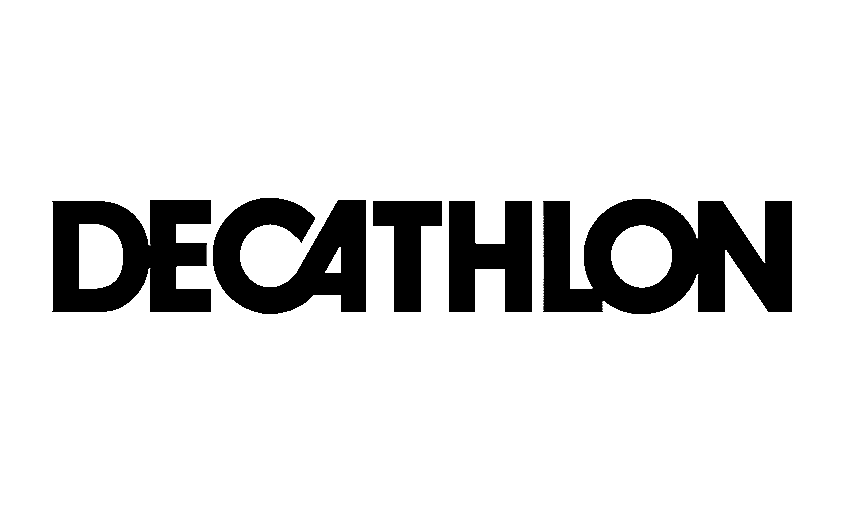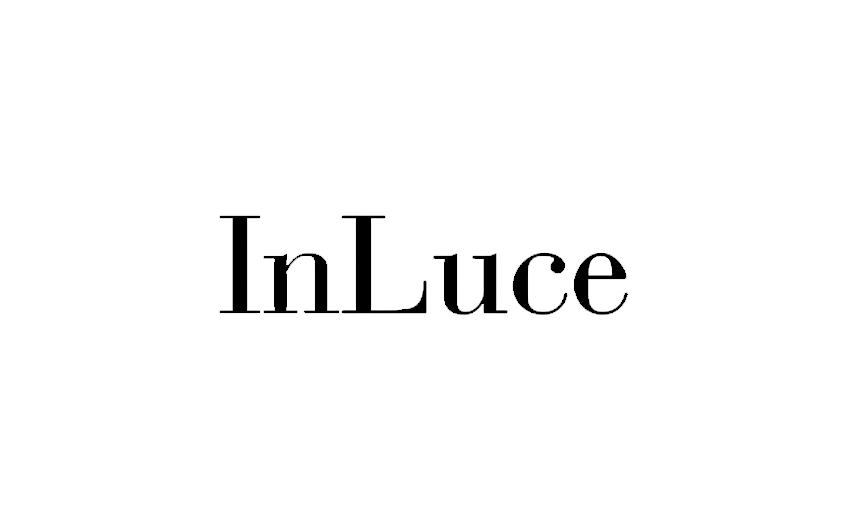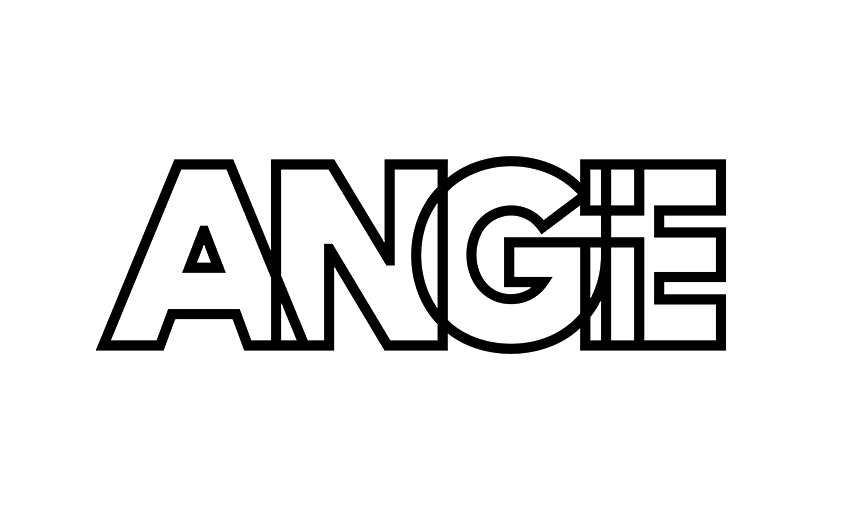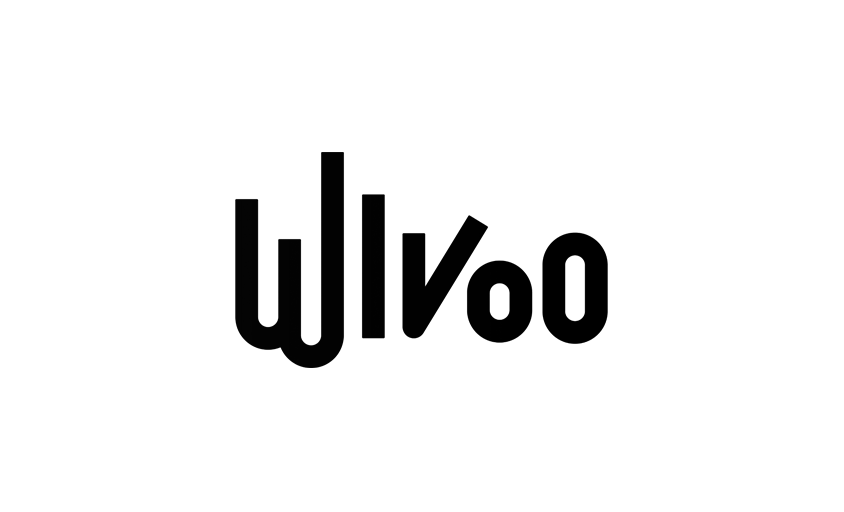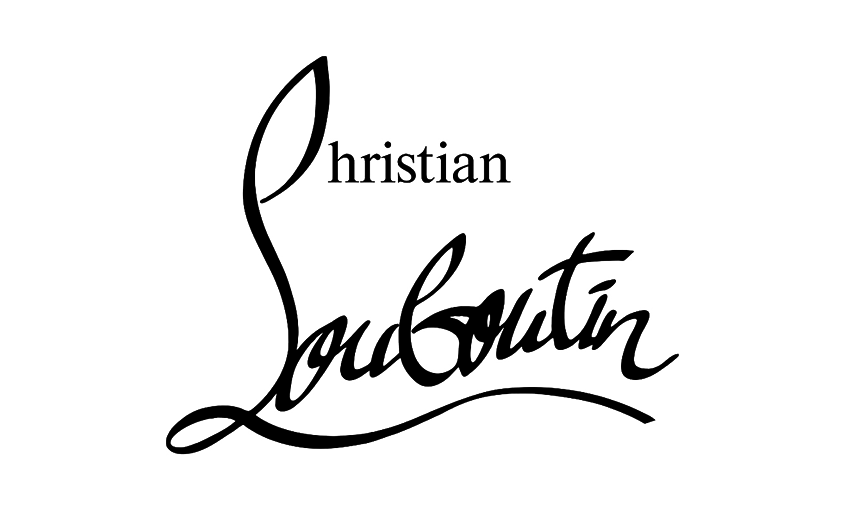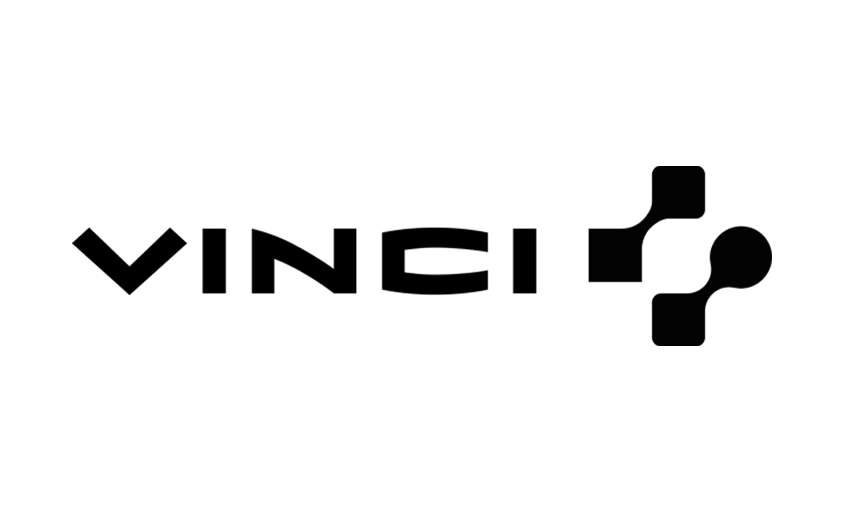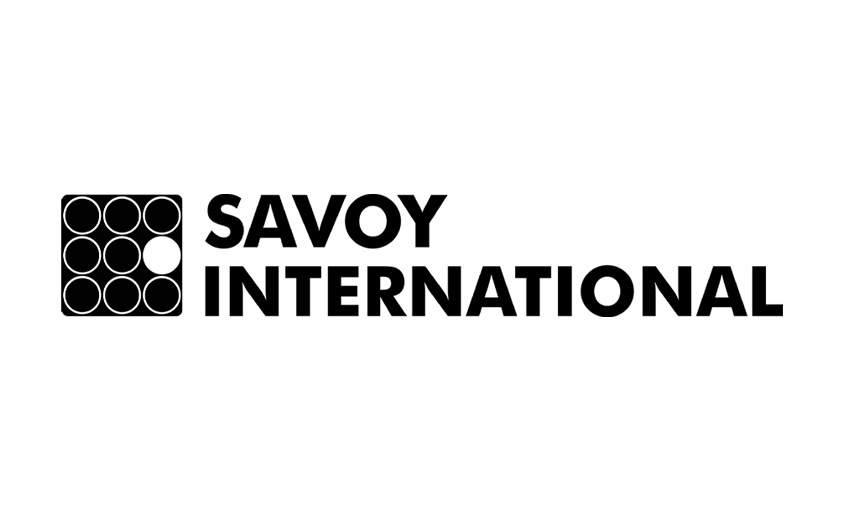Copyright and the Internet: Protecting Your Works Online
In this article :
Uploading a photo, article, video, or design is now within everyone’s reach. But once published, your creations can spread quickly and be copied or reused without permission. Many content creators, bloggers, and influencers face this issue: plagiarism, loss of credit, or even unauthorized commercial exploitation.
Copyright remains your best ally for maintaining control. Contrary to popular belief, it is not necessary to officially register a work for it to be protected: in France, protection applies from the moment of creation. This article provides the keys to understanding the challenges of copyright online, knowing the available tools, and adopting a strategy tailored to your needs.
Copyright Challenges on the Internet
The internet is an open space, which makes it rich… but also vulnerable for creators.
- Total accessibility: In just a few clicks, an image can be copied and reused elsewhere, sometimes without your knowledge.
- Blurred legal boundaries: Each country has its own rules, complicating the handling of international disputes.
- Persistent misconceptions: Many still believe that “everything online is free to use,” which is completely false.
- Direct impact on creators: Loss of recognition, inability to monetize your work, or even damage to your professional image.
Protecting your work is therefore also about safeguarding your credibility and income.
Available Protection Tools
Fortunately, there are several ways to limit plagiarism and maintain proof of authorship:
- Watermarking: Adding a visible signature or logo to your photos and visuals. Sometimes unaesthetic, but effective as a deterrent.
- Digital registration: Using specialized services (blockchain, CopyrightDepot, notary services) to create a dated proof of creation.
- Automatic monitoring: Google Images or TinEye allow you to track where your visuals are used. Services like Pixsy or Copytrack even provide legal assistance.
- Technical settings: Limit the resolution of uploaded images, disable right-click, or choose a secure hosting service.
These tools do not replace copyright, but they make evidence management easier and reduce risks.
Licenses and Sharing: The Example of Creative Commons
Protecting your work doesn’t necessarily mean forbidding all use. Many creators choose to share their work under clear conditions.
Creative Commons (CC) licenses allow you to define in advance what others can do with your content:
- CC-BY: Use and share allowed, provided you are credited.
- CC-BY-SA: Same, but derivative works must be shared under the same license.
- CC-BY-ND: Sharing allowed, but the work cannot be modified.
- CC-BY-NC: Use allowed, but not for commercial purposes.
These licenses offer a good compromise: they encourage dissemination while protecting your interests, keeping you in control.
Cases of Violation: What to Do in Case of Plagiarism
Despite precautions, it’s common to find your work reused without authorization. Key steps to respond effectively:
- Keep evidence: Screenshots, URLs, dates, any prior registration.
- Contact the violator: Sometimes a simple reminder suffices; many infringe unknowingly.
- Send a formal notice: A letter, possibly drafted with legal help.
- Use platform procedures: YouTube, Instagram, Facebook, and others provide DMCA or reporting forms.
- Legal action: If needed, take legal steps to stop the infringement and seek compensation.
The key is to act quickly and with proper documentation.
Solutions and Practical Tips
Protecting your work doesn’t mean locking it away. The goal is to balance visibility and security. Some practical tips:
- Prioritize traceability: Archive your creations (source files, publication dates, backups).
- Be clear with your audience: Specify usage conditions through a license or explicit notice.
- Combine protections: Use technical tools (watermarks, limited resolution) alongside legal measures (registration, legal notices).
- Adopt a proactive approach: Regularly monitor your content instead of waiting for issues to arise.
- Adapt your strategy: Not everything requires the same level of protection. An Instagram post doesn’t have the same value as a full advertising campaign.
Conclusion
The internet is both a showcase and a risky space for creators. Understanding copyright and using the right tools allows you to secure your works, limit plagiarism, and provide clear guidelines for users.
Whether you are a blogger, influencer, or content creator, protecting your creations is not a luxury, it is an essential step to showcase your work and continue sharing it with confidence.
At Rétines, we place great importance on respecting copyright and promoting visual creations.
Looking for a professional photography studio for your communication projects? Discover our services.
Jérémy Carlo is the editorial director at Rétines, where he ensures the consistency and clarity of all content produced by the studio.
Our Clients
Let’s discuss
What we do for you at Rétines
Meticulous work, an organised project and fast delivery. And to achieve this, we mobilise the right resources in our teams at the right time.
01
Pre-production
Artistic and technical direction tailored to the project.
Relevant recommendations on content, form and resources.
02
Photo Shooting
Photos taken by our experienced photographers.
Production that’s controlled, efficient and tailored to the needs of the project, with nothing superfluous.
03
Retouching
Technique
Photographs magnified by our retouching team.
Post-production to meet the commercial challenges of the brief.

